Leading the AI Practice for Riviera Partners, I’ve observed firsthand the transformative impact of AI on businesses across the spectrum. However, one of the most critical distinctions lies in the nature of AI leadership roles, particularly between companies leveraging AI for product innovation versus those using it to enhance operational efficiency. Understanding these nuances is paramount for businesses aiming to harness AI’s full potential by bringing in the right talent that aligns with their strategic objectives.
AI Leadership in Product-Forward Companies
In companies where AI is the core of the product or service offering, the AI leadership role is often characterized by a deep integration with the product development cycle. These leaders are visionaries, tasked with not just understanding current AI capabilities but also anticipating future advancements and their potential applications. They are the architects of innovation, driving the product roadmap and ensuring that AI technologies are leveraged to create groundbreaking solutions that meet customer needs.
Key responsibilities include:
Vision and Strategy: Defining the AI vision that aligns with the company’s product goals, and developing strategies to implement this vision.
Innovation and Development: Leading the charge on product innovation, overseeing the development of AI technologies that differentiate the company’s offerings.
Cross-functional Collaboration: Working closely with product management, engineering, and design teams to integrate AI seamlessly into products.
Talent Acquisition and Team Building: Attracting top AI talent and fostering a culture of innovation and excellence within their teams.
AI Talent in Process Improvement Roles
Conversely, in non-AI-centric companies where the focus is on using AI to streamline operations and improve efficiency, AI leadership roles are more about embedding intelligence into existing processes. These leaders are often change agents, responsible for identifying areas within the organization where AI can bring about the most significant impact in terms of cost reduction, speed, and quality.
Key responsibilities include:
Operational Analysis and Integration: Assessing existing workflows and processes to identify opportunities for AI-driven enhancements.
Change Management: Leading the organization through the transformation, ensuring a smooth transition to new AI-enhanced processes, and managing resistance to change.
Collaboration with Business Units: Working closely with various departments to understand their challenges and tailor AI solutions that address specific needs.
Metrics and Performance: Establishing key performance indicators (KPIs) to measure the impact of AI initiatives on operational efficiency.
Tailoring the Role to Business Needs
When it comes to hiring for these distinct roles, it’s crucial to recognize that the skills and experiences required for success can vary significantly. For AI product companies, leaders with a strong background in AI and product development, combined with a visionary outlook, are essential. They should be adept at navigating the fast-paced world of technology innovation and possess the creativity to see beyond current trends.
For companies seeking operational improvement through AI, leaders with a solid understanding of business processes and change management, alongside their technical expertise, are invaluable. They should excel in stakeholder management, possess a keen eye for identifying process optimization opportunities, and have the patience and perseverance to drive long-term transformational change.
